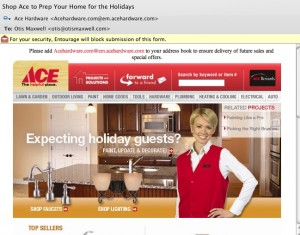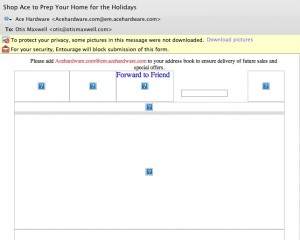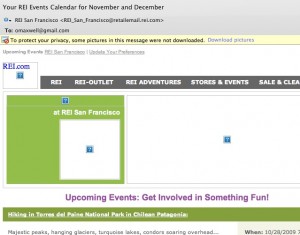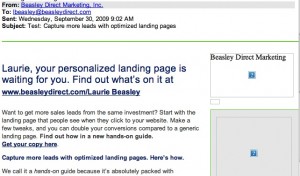A search for free range Thanksgiving turkeys led me down a rabbit hole today… culminating at two websites which were probably quite artful in a very different time, but don’t fit the expectation of today’s web users. We’re tired of hearing about Web 2.0… but here’s what we looked like before it got all interactive.
Meatpaper is a magazine about responsible meat practices when raising animals for food. It’s a cause I believe in and in fact I think I encountered these guys during a writing assignment. But now it all looks very unhelpful and self-absorbed. The cow in the preview pane has long since gone to her reward. The two ladies posed at the table are not nearly so interesting to me as to themselves. And if I go looking for content, there isn’t any. I have to subscribe to the magazine to get it.
Then I click through to the site of Julio Duffoo, who took the picture of the two ladies. Take a look: Nothing but the guy’s name and an arrow I can click to start a slide show, no instructions. Once that would have been sly, now it’s haughty and ultimately ineffective.
Web 2.0 users want instant access to a fire hose of information. We make fun of the ubiquity of content but this is the alternative. And I’m not saying either of these sites was bad in its day. But the assumption that “I’m important and interesting and creative and therefore I will put up a website and you will appreciate it” is not viable in the Web 2.0 era. And I think that’s a good thing.



